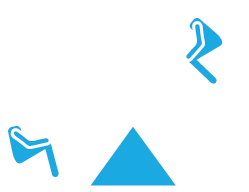

WHY MATERIALS MATTER
Through our work we know that
INSTRUCTIONAL MATERIALS MAKE A DIFFERENCE FOR KIDS. WHAT IS CHOSEN MATTERS.
Research shows that students learn primarily through their interactions with teachers and content.
THIS INSTRUCTIONAL CORE IS THE FOUNDATION
This instructional core is the foundation for ensuring all kids are college and career-ready and have the skills and knowledge they need to thrive in school and beyond.
Download Infographic















